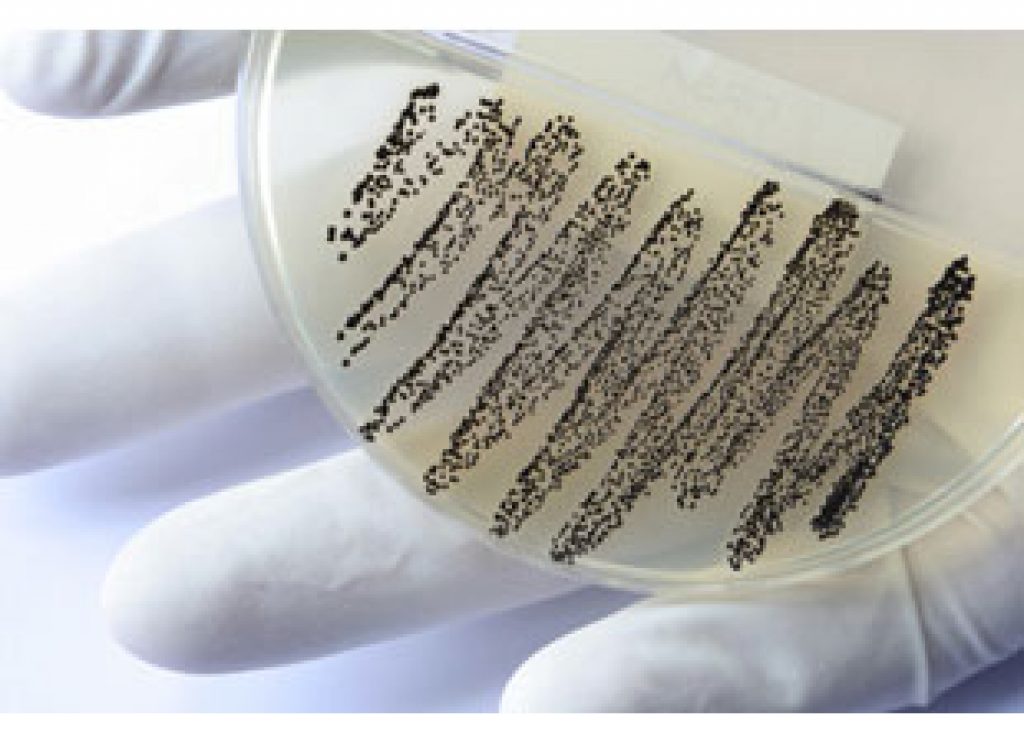
AsianScientist (Apr. 4, 2011) – Scientists at the Institute of Bioengineering and Nanotechnology (IBN) and IBM Research – Almaden have developed biodegradable polymer nanoparticles that combat drug-resistant superbugs such as methicillin-resistant Staphylococcus aureus (MRSA).
The report, published today in the journal Nature Chemistry, features nanoparticles that can selectively kill the bacteria without destroying healthy red blood cells.
The global market for infectious disease treatment was US$90.4 billion in 2009, and is projected to reach US$138 billion in 2014. The largest market share belongs to antibiotic treatments for bacterial and fungal diseases with 53 percent of the total infectious disease treatment market.
Drug-resistant bacterial strains that are resistant to conventional antibiotics currently pose major challenges for this field. In 2005, almost 95,000 people in the United States contracted serious MRSA infections and an estimated 19,000 were killed from this hospital stay-related infection.
Conventional antibiotics penetrate the microorganisms without damaging the bacteria cell wall. In comparison, antimicrobial polymers break down the bacterial cell wall and membrane based on electrostatic interaction with the bacteria, which may help to prevent drug resistance.
A major side effect caused by many existing antimicrobial polymers is the hemolysis of red blood cells. Most antimicrobial polymers are also non-biodegradable, which limits their in vivo applications as they cannot be naturally eliminated from the body.
According to Dr. Yiyan Yang, IBN Group Leader, this work uses biodegradable polymers, which can selectively eliminate the bacteria without destroying the surrounding healthy red blood cells. In addition, unlike existing polymers that do not form a secondary structure before interacting with the microbial membrane, these polymers can easily self-assemble into nanoparticles when dissolved in water.
This research discovery was first conceived in 2007 and the antimicrobial polymers were tested against clinical microbial samples by the State Key Laboratory for Diagnosis and Treatment of Infectious Diseases, First Affiliated Hospital, College of Medicine, Zhejiang University in China.
There are a number of potential applications of this technology, as the starting materials of the novel polymer are inexpensive and the synthesis is simple and scalable for future clinical applications.
The biodegradable nanoparticles could be topically applied to the skin or injected into the body to treat MRSA skin infections, wounds and multidrug-resistant tuberculosis. In other scenarios, the nanoparticles may also be developed into consumer products such as deodorants, table wipes and preservatives.
The article can be found at: Nederberg F. et al. (2011) Biodegradable nanostructures with selective lysis of microbial membranes.
———
Source: Agency for Science, Technology and Research.
Disclaimer: This article does not necessarily reflect the views of AsianScientist or its staff.












